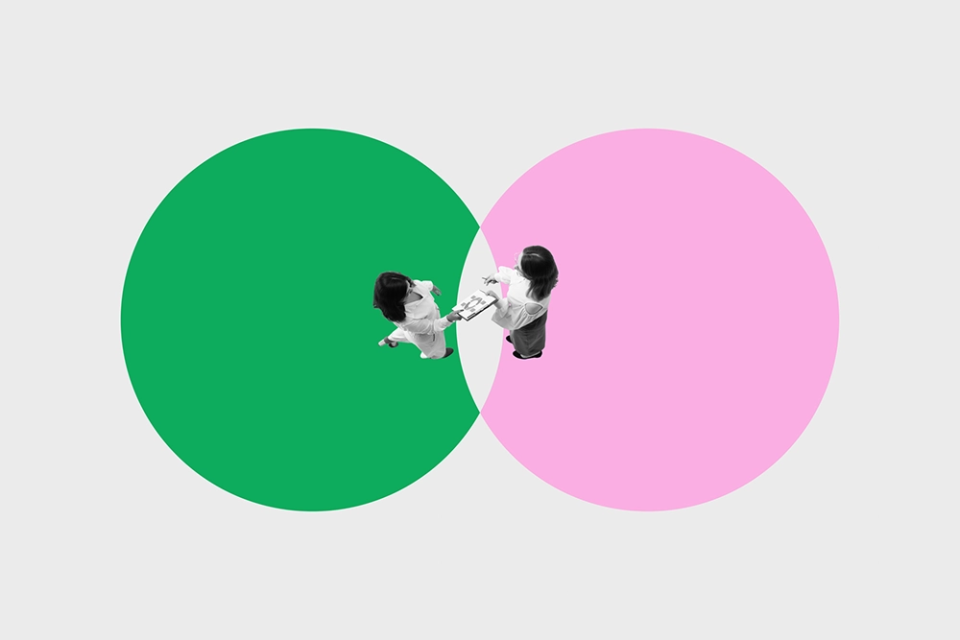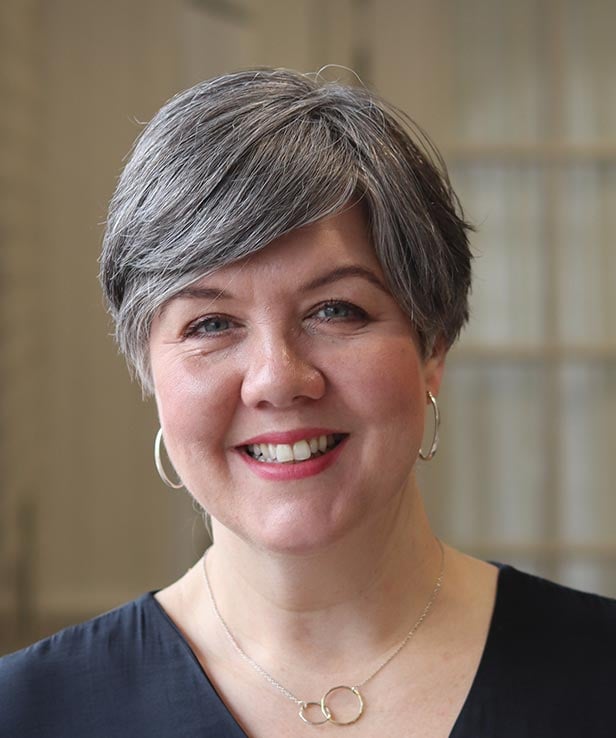Creative commercial thinking and selling to the DMU In 2018 Huthwaite International surveyed 300 sales leaders in the European Medical Devices sector. The aim was to identify the sales challenges they are facing and crucially the strategies they are putting in place to overcome them.
One key finding was that skills for success today and in the future are based around creative commercial thinking and a true understanding of selling to the DMU.
Respondents were asked about their vision for the essential skill set of the perfect sales team, both today and in 10 years’ time.
- When it came to present day, the ability to create and consider new commercial models emerged top.
- Meanwhile, in 10 years’ time the top skill was rated as an ability to effectively sell to the Decision Making Unit (DMU).
These findings are interesting for a number of reasons and are both intrinsically linked.
First and foremost, professionals today are clearly placing the ability to add value to a sale through innovative commercials – arguably out of necessity – over the need to focus on price-led selling, which historically is founded upon the pillars of strong relationships and innovative product sets.
Selling to the DMU
There is a desire to create new commercial models. That may mean providing added-value services such as remote patient monitoring, new payment models like pay-per-treatment, or more effective patient intervention that reduces hospital readmission. And they may end up being more valuable to the hospital than the device itself. This innovation is being driven by a perfect storm of healthcare reform and involves a need to prove clinical effectiveness and control costs, along with increasingly complex sales and contracting models.
This is a result, in part, of the need for professionals to sell to the DMU, cost reduction and reallocation, as well as new – often digital – promotional channels.
Digital sales tactics
The second most sought-after skill in 2018 was the ability to understand digital sales tactics. Interactive sales tools, mobile management, immersive interactive experiences or technology visualisation are in the list. This also involves using emerging social listening capabilities to gain new real-time insights into market perceptions of their products and more effectively manage their brands.
The future of selling to the DMU
It is interesting to see effective selling to the DMU as the top skill required not today, but in the next 10 years. While this is by no means a new development, it is perhaps surprising that it only ranks in fourth position today. Perhaps this is an indication that medical device sales professionals view this issue as manageable now, but one which is going to grow in complexity in the future.
A new approach to selling to the DMU
Effectively selling to the DMU requires a fundamentally new approach. Sales professionals no longer solely focus on the objectives of the clinician (who, largely, is concerned with their own department and their own clinical needs). Now the focus has to be on a much wider group of stakeholders. The conversations value specific to each as well as more holistic business issues. For the sales professional this takes more time, and importantly, skill, to effectively deliver.
“Cheaper imports are growing. It’s not enough anymore to just meet a customer’s current needs. We have to get out and ahead and take them into new ways of thinking. Can we sell to the far east with European prices? If we get our creativity right, we can.”
Sales and Development Director, Global Medical Device company
Solutions and outcomes
Is the focus on commercial creativity and multiple stakeholders the answer to achieving success now and in the future? One thing is for sure, the medical device sales team of the future is a lean and agile organisation that provides effective clinical and economic information to a growing stakeholder community. It is firmly focused on solutions and outcomes. The new sales team considers the needs of individual decision-makers and their preferences for interaction, and then aligns the product and organisation accordingly.
“Our recruitment practices have changed. Now we look for a new breed of sales professional. Someone who is agile, can think on their feet and is capable of uncovering and articulating value.”
Director, Medical Device Company
The needs of individual decision makers
We’re seeing new sales roles created beyond traditional legacy structures. Included are a more diverse range of positions, from traditional product and technical specialists, to contract and commercial specialists. Apropos of this, existing sales roles are being diversified and broken out to include value-creating sellers, commercial specialists, technical and product specialists. These new roles provide different skills, and their involvement often comes at different stages of the sales cycle. It results in the ability to offer different price points, enabling medical device companies to optimise cost while effectively engaging with an evolving client base. For example, where technical advice may have historically been offered freely by the technically focused seller, this is now a more formalised optional and costed add-on service.
“It’s not uncommon to see global players like ourselves offering two price points. One with the support and knowledge of the sales rep and one without.”
Export Director, Global Medical Device Company
Natural preferences
Anecdotally we have witnessed larger organisations repurposing team structures on the back of natural divisions occurring amongst sellers. There are those keen to learn effective selling skills and therefore responding well to behaviour change training interventions and those preferring to remain in their familiar territory of features. There’s an argument for keeping people doing what they do best. There will always be a role for a technical articulation of product features; mainly to a technical audience and later in the decision-making process.
Securing and maximising high value sales
The flip side to all of this however is the need for Medical Devices companies to employ more roles to effectively secure and maximise a high value sale. To map this against selling skills and techniques, this represents a shift from traditional push selling techniques – based on factors such as mutual understanding, relationships and product features – to a more sophisticated and nuanced model of consultative selling. Here, the seller offers a solution and in some cases a whole new vision. It meets the client’s expressed and implied needs which can include commercial imperatives far removed from the product purchase in question. This approach is much more effective and sustainable, but does require the seller to be in command of their verbal behaviour, specifically their questioning techniques, to reveal the full needs picture and so align their solution creatively and persuasively.








.webp)